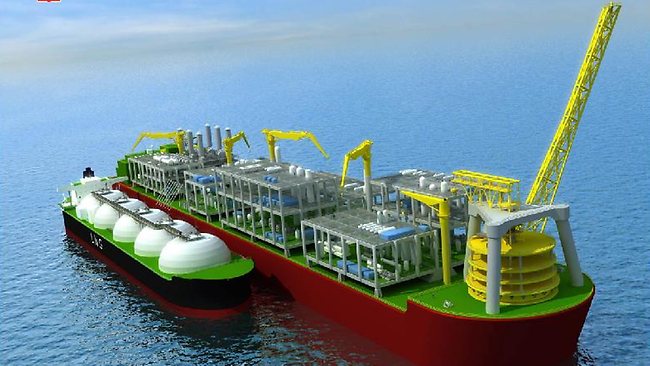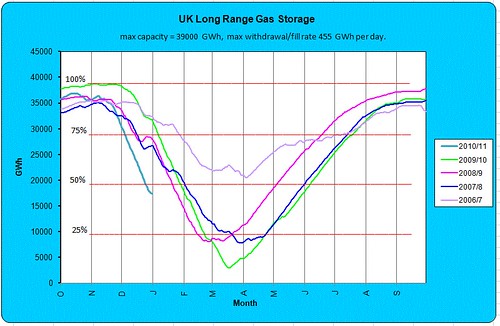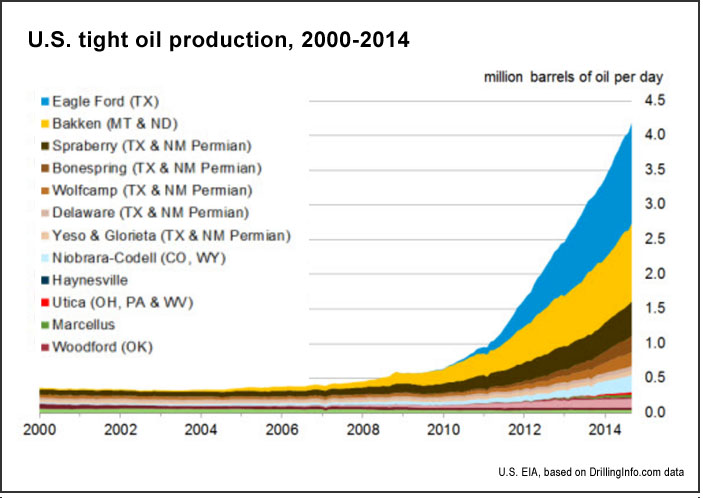Investing in liquefied natural gas (LNG) has gained significant momentum in recent years, driven by the increasing global demand for cleaner energy sources and the potential for high returns. As traditional fossil fuels face scrutiny due to their environmental impact, LNG emerges as a promising alternative.
This article aims to provide readers with a comprehensive understanding of LNG investments, including its basics, different types of investments, associated risks and rewards, and strategies for choosing the right investment approach. We will also explore real-life success stories and delve into future growth prospects in the LNG market.
The Rise of LNG Investments
LNG investments have soared in recent years, driven by its environmental advantages and versatile applications. Natural gas emits fewer greenhouse gases and pollutants compared to coal or oil, making it appealing for industries aiming to reduce their carbon footprint.
LNG is widely used in power generation as a cleaner alternative to coal-fired plants and serves as a feedstock for petrochemical production and steel manufacturing. Additionally, the transportation sector is shifting towards LNG as fuel due to lower emissions.
This surge in investment creates economic opportunities and promotes cleaner energy sources.
Understanding the Basics of Investing in LNG
Investing in liquefied natural gas (LNG) involves allocating funds towards companies or projects related to its production, transportation, storage, and distribution. This sector offers attractive returns and allows individuals and institutions to participate in the global energy transition.
LNG investments can take various forms, such as shares of publicly traded companies, partnerships with private ventures, or direct investments in infrastructure assets like pipelines and storage facilities. Investors can choose between long-term strategies for steady income or more speculative approaches for capital appreciation.
Benefits of investing in LNG include potential high returns due to increasing demand and limited supply sources. Emerging economies’ need for reliable energy sources creates opportunities for profitable projects within the LNG sector. Some investment options also offer attractive dividend yields through long-term contracts with stable cash flows.
Investing in LNG provides diversification opportunities within the energy sector itself. It acts as a hedge against volatility in other energy commodities and offers environmental diversification benefits as a cleaner fuel alternative.
Understanding the basics of investing in LNG allows individuals to explore opportunities within the global energy market, potentially benefiting from high returns, steady income streams, and diversification within the energy sector itself.
Exploring Different Types of LNG Investments
Investing in liquefied natural gas (LNG) offers various avenues for potential investors. Large-scale liquefaction projects involve converting natural gas into LNG for export, providing significant rewards but requiring substantial upfront capital.
Strategic partnerships and joint ventures with established players reduce risks associated with independent investments.
Investing in midstream infrastructure and transportation companies ensures reliable LNG transportation and storage. Identifying key players with a successful track record, such as Cheniere Energy Partners LP or Kinder Morgan, provides exposure to this critical aspect of the industry.
Investing upstream involves allocating funds towards exploration and production (E&P) companies that discover or operate natural gas reserves. Countries like the United States, Russia, Australia, and Qatar offer substantial reserves and potential growth opportunities.
By evaluating these different types of LNG investments and staying informed about industry trends, investors can position themselves to benefit from the growing demand for cleaner energy sources.
Assessing Risks and Rewards of LNG Investments
Investing in liquefied natural gas (LNG) offers promising returns, but it comes with risks. Market volatility, geopolitical factors, and financial considerations must be evaluated. Changes in global energy policies and geopolitical tensions can impact LNG prices. Geopolitical tensions can disrupt supply chains, affecting availability and pricing.
Large-scale liquefaction projects require significant upfront investments with long waiting periods for returns. Balancing exposure between long-term contracts and spot market dynamics is crucial for investment portfolios in the LNG sector.
| Market Volatility and Geopolitical Factors | |
|---|---|
| 1 | Impact of global energy policies on LNG prices |
| 2 | Risks associated with geopolitical tensions affecting supply chains |
| Financial Risks Specific to the Industry | |
|---|---|
| 1 | Capital-intensive nature of liquefaction projects |
| 2 | Long-term contracts versus spot market exposure |
Choosing the Right Investment Strategy for You
To make informed decisions when investing in LNG, it’s crucial to align your strategy with your risk tolerance, investment goals, and financial capabilities.
Understanding your risk tolerance level is key. LNG investments come with market volatility and geopolitical risks. Assessing your comfort with these risks helps determine the appropriate exposure to this sector.
Define your investment goals: long-term capital appreciation or steady income streams. This clarity guides decision-making when selecting specific LNG opportunities.
Evaluate your financial capabilities. Investing in LNG requires substantial capital commitments. Ensure you have sufficient funds available for potential opportunities.
Consulting experienced advisors provides valuable insights and guidance in the complex LNG investment landscape.
Expert advice navigates through options and identifies suitable opportunities aligned with your goals and risk appetite.
Seek guidance on portfolio diversification and risk management from advisors. They can minimize risks by diversifying investments across sectors and tailor risk management strategies to meet individual needs.
Choosing the right investment strategy involves evaluating risk tolerance, defining goals, assessing financial capabilities, and consulting experts for guidance on navigating the LNG market effectively.
Case Studies: Successful LNG Investments
To illustrate the potential rewards of investing in LNG, this section highlights real-life success stories from individuals or companies who have achieved significant returns through their involvement in the industry. These case studies offer valuable insights and key takeaways for readers to apply to their own investment strategies.
One example is Company X’s strategic partnership with an established player, resulting in substantial returns from successful project development. Another case study features Individual Y’s early investment in an emerging LNG market, leading to significant capital appreciation and long-term income streams.
By analyzing these successful LNG investments, readers can learn valuable lessons such as the importance of due diligence, the benefits of strategic partnerships, and staying informed about market trends.
These case studies demonstrate that the LNG sector presents lucrative opportunities for investors who make informed decisions and seize emerging market prospects.
The Future of LNG Investments
As the global demand for cleaner energy sources continues to rise, the future of LNG investments appears promising. With emerging economies driving the increasing demand for liquefied natural gas (LNG), investors have a unique opportunity to capitalize on this growing market.
Technological advancements and innovations in liquefaction processes further contribute to the favorable outlook for LNG investments.
Emerging economies, characterized by their growing populations and industrialization efforts, are expected to be key drivers of future LNG demand. As these countries continue to develop and prioritize sustainable energy solutions, the need for cleaner alternatives like LNG becomes increasingly important.
Investors should closely monitor these emerging markets for potential investment opportunities as they present significant growth prospects in the LNG sector.
Moreover, technological advancements play a crucial role in shaping the future of LNG investments. Continuous innovation in liquefaction processes has the potential to reduce costs and improve efficiency within the industry.
These advancements not only unlock new investment opportunities but also enhance existing operations, creating additional value for investors. By staying abreast of technological developments, investors can position themselves favorably in an ever-evolving market.
In summary, the future of LNG investments is bright due to the increasing demand from emerging economies and continuous technological advancements in liquefaction processes. As clean energy becomes a priority worldwide, investing in LNG offers a promising avenue for investors seeking sustainable and profitable ventures.
By closely monitoring emerging markets and staying informed about technological developments, investors can seize opportunities and thrive in this dynamic industry.
| Future Growth Prospects and Trends in the LNG Market |
|---|
| 1. Increasing demand from emerging economies |
| 2. Technological advancements and innovations |
Conclusion: Seizing Opportunities in LNG Investments
[lyte id=’Jle4ougjvw8′]





